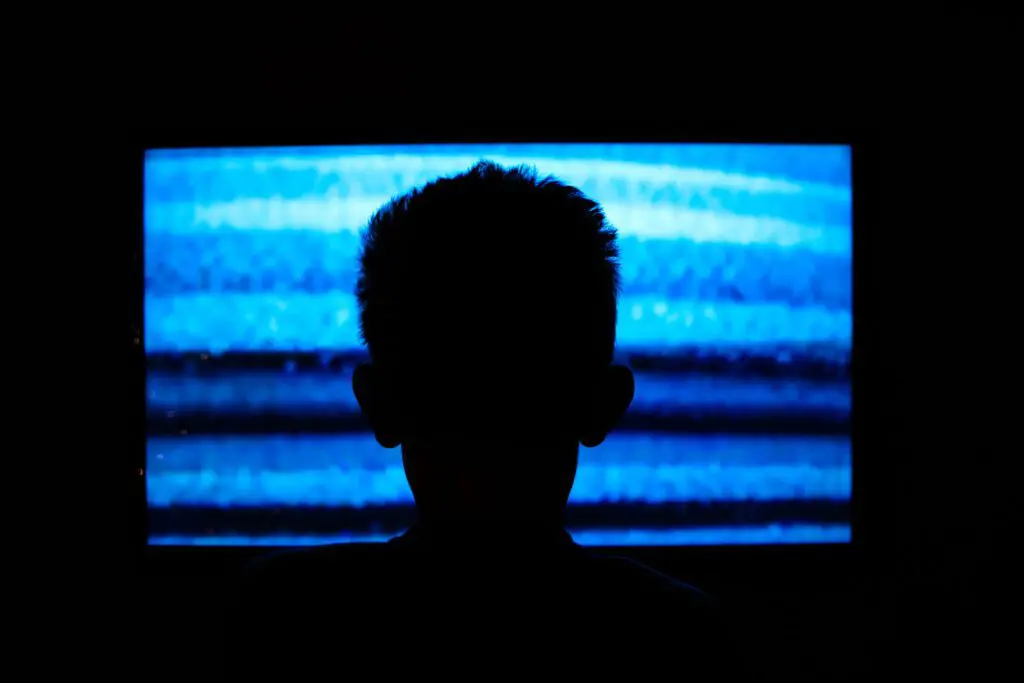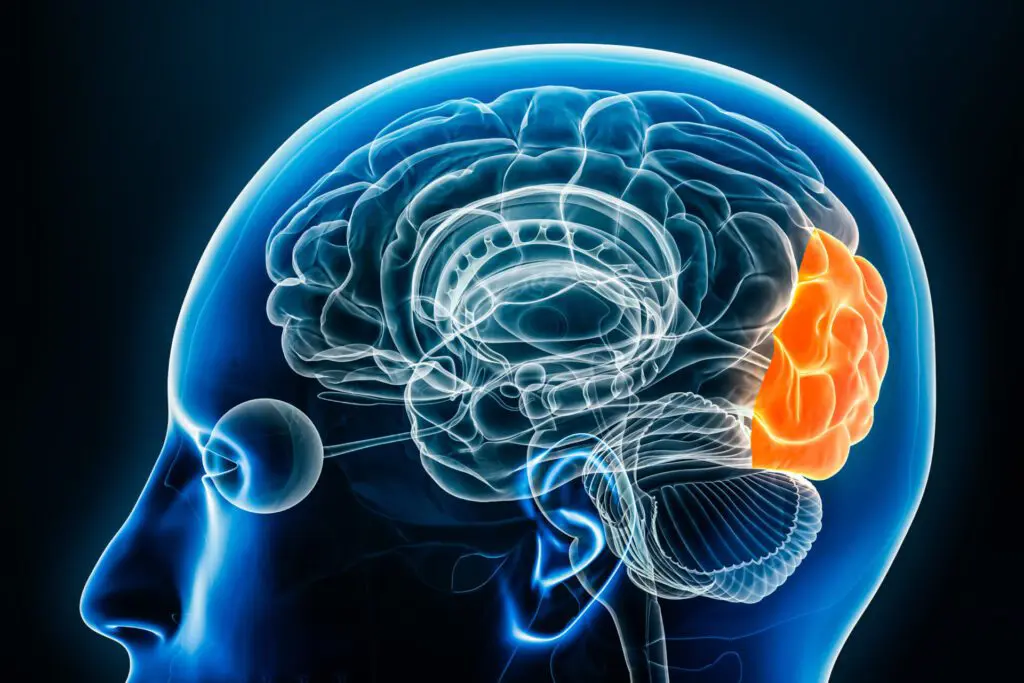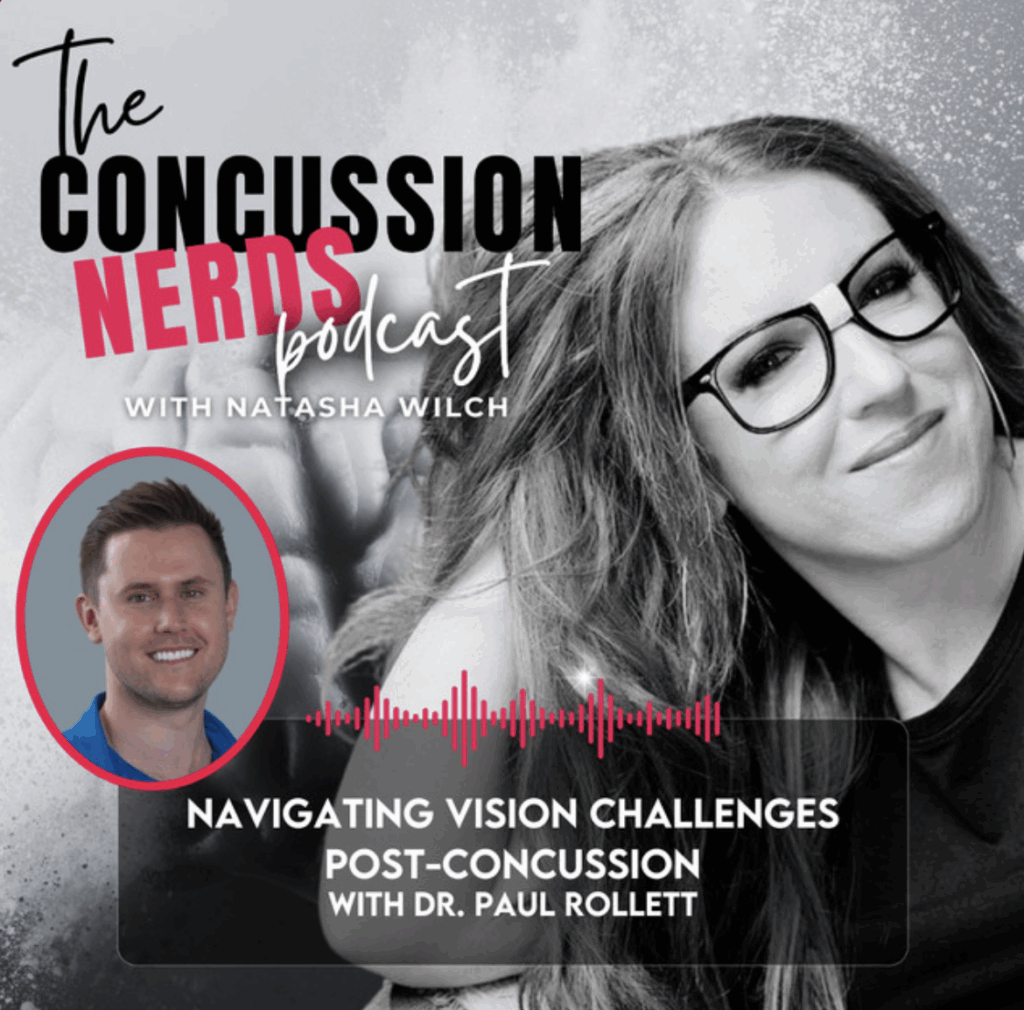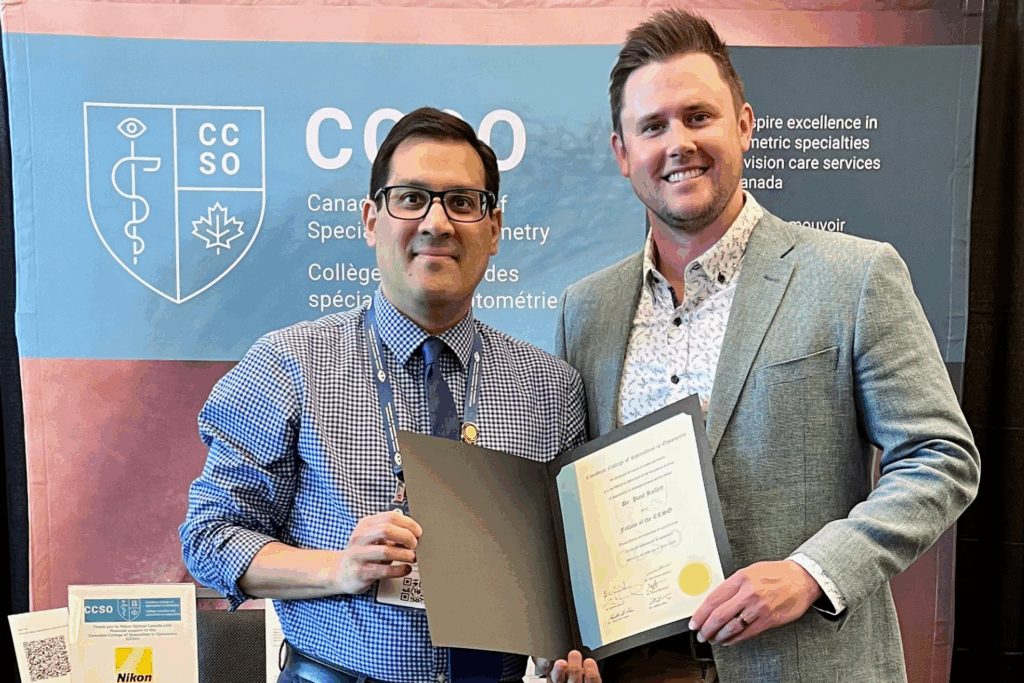Visual Snow Syndrome (VSS) is a relatively rare yet life-altering neurological condition that presents with persistent static-like disturbances across the visual field. Imagine looking at an old television set without a signal – the constant flicker of tiny dots covering everything you see. For patients with VSS, this is their reality, 24/7. This condition, although not fully understood, has been increasingly recognized by the medical community. But what causes it, and what treatment options exist? Let’s dive into this perplexing visual disorder.
What is Visual Snow Syndrome?
VSS is characterized by visual disturbances, the most prominent being a persistent “static” or “snow” effect in the entire visual field. These disturbances often occur in both bright and low-light conditions and can be present whether the eyes are open or closed. While the condition primarily affects vision, it can also come with a set of other symptoms.
Some of the hallmark symptoms of VSS include:
-
Persistent visual static: Tiny flickering dots that resemble television static.
-
Palinopsia: Afterimages or trailing images following objects.
-
Photophobia: Increased sensitivity to light.
-
Nyctalopia: Difficulty seeing in low-light conditions.
-
Floaters: Small shapes or spots drifting through the vision.
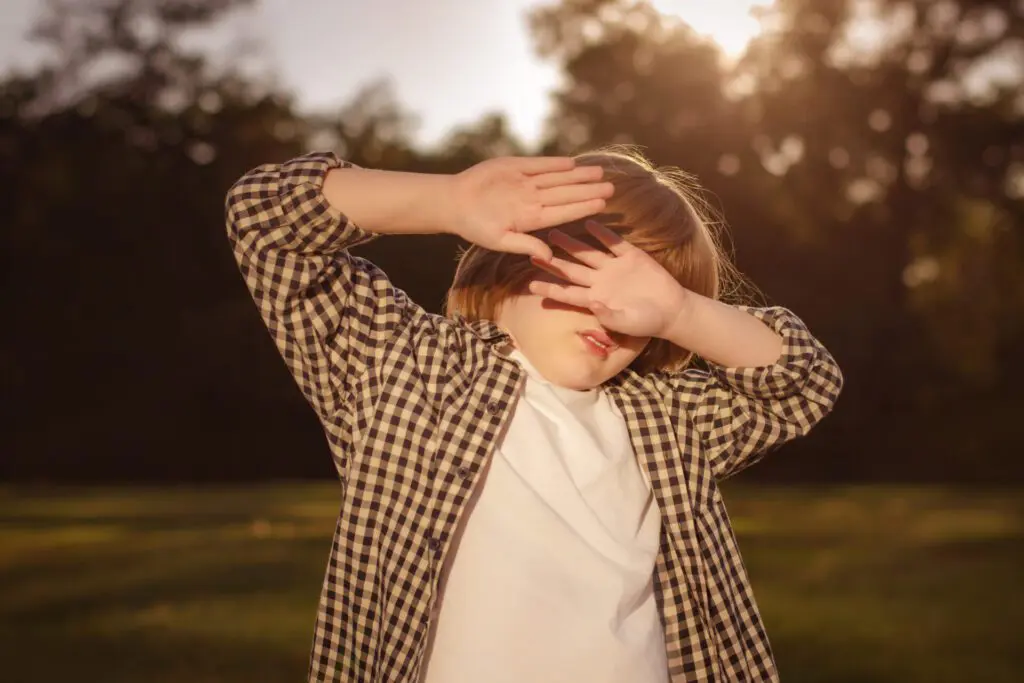
These symptoms are often mistaken for migraines, as they can overlap with some of the visual phenomena experienced during migraine aura. However, patients with VSS experience these symptoms persistently, not just during migraine episodes.
Causes of Visual Snow Syndrome
The exact cause of VSS remains elusive. Unlike many other visual conditions, it is not caused by a problem within the eyes themselves but rather within the brain. Current research points toward hyperactivity in the brain’s visual processing centers, particularly in the occipital lobe, where the brain interprets visual information.
Potential contributing factors include:
1. Neurological Overactivity: Hyperexcitability of neurons in the visual cortex could explain the “overload” of visual stimuli that leads to snow-like disturbances.
2. Genetics: Some evidence suggests a hereditary component, as VSS often runs in families.
3. Migraines: Many VSS patients also suffer from migraines or have a history of them. However, not all individuals with migraines develop VSS, suggesting a complex relationship between the two.
4. Drug use: Some patients report onset of symptoms after the use of recreational drugs or hallucinogens, although this is not the case for everyone.
5. Trauma and Stress: There are anecdotal reports of VSS being triggered by stressful events or physical head trauma, although no direct link has been proven.
Despite ongoing research, the specific mechanism triggering VSS remains poorly understood. This makes treatment options somewhat limited and highly individualized.
Diagnosis: A Process of Elimination
One of the primary challenges with diagnosing VSS is its overlap with other conditions. Visual disturbances can also occur due to retinal problems, migraines, or even anxiety. As such, diagnosing VSS is often a process of exclusion. Patients typically undergo comprehensive eye exams, neurological assessments, and imaging tests like MRIs to rule out other causes of their symptoms.
While there is no specific diagnostic test for VSS, the following criteria are often used:
1. Constant visual snow across the visual field in both eyes.
2. Symptoms persisting for at least three months.
3. At least two additional visual disturbances, such as palinopsia, photophobia, or floaters.
4. Exclusion of other causes (such as eye disease or migraine aura).
Once other potential causes are ruled out, a diagnosis of VSS can be made.
Treatment Options for Visual Snow Syndrome
As of today, there is no definitive cure for VSS, and treatment is largely focused on managing symptoms. Different approaches have been explored with varying degrees of success, and what works for one patient may not work for another. Below are some of the most promising treatment options:
1. Medications
Some medications traditionally used for migraines or epilepsy have shown potential in managing VSS symptoms, though success rates vary. These include:
-
Lamotrigine: An anticonvulsant medication that has shown promise in reducing visual disturbances in some VSS patients.
-
Topiramate: Another anticonvulsant commonly prescribed for migraines, which may help some patients with VSS.
-
Acetazolamide: A diuretic used to treat altitude sickness, has been used in select cases with mixed results.
-
Clonidine: Traditionally used to treat high blood pressure, this medication has been tried with anecdotal success in VSS patients.
It’s important to note that no medication has been universally effective, and each comes with its own side effects. Patients must work closely with their healthcare provider to find the best treatment approach for their specific symptoms.
2. Vision Therapy
While traditionally used for binocular vision problems and eye strain, vision therapy has been explored as a potential tool for VSS patients. The logic behind this approach is that retraining the visual system might help “calm down” the hyperactivity in the visual processing centers.
Vision therapy might involve exercises to improve focus, eye movement coordination, and visual perception. Though still an emerging field in the context of VSS, it holds promise for patients looking for non-invasive treatment options.
3. Neurofeedback
Neurofeedback is a type of biofeedback that allows patients to control their brainwave activity. It has been used to treat conditions such as ADHD, anxiety, and epilepsy. Recently, researchers have begun exploring neurofeedback as a possible treatment for VSS.
The goal of neurofeedback for VSS is to “train” the brain’s visual processing areas to operate more normally, thereby reducing the hyperactivity that contributes to the visual snow effect. Early studies have shown encouraging results, though more research is needed before it can be considered a mainstream treatment option.
4. Cognitive Behavioral Therapy (CBT)
 Living with VSS can be mentally exhausting, particularly for those who experience additional symptoms like anxiety or depression. While CBT does not directly address the neurological causes of VSS, it can be highly effective in helping patients manage the emotional toll of the condition.
Living with VSS can be mentally exhausting, particularly for those who experience additional symptoms like anxiety or depression. While CBT does not directly address the neurological causes of VSS, it can be highly effective in helping patients manage the emotional toll of the condition.
CBT focuses on changing negative thought patterns and teaching coping strategies to deal with stress and anxiety. For many VSS patients, this can significantly improve their quality of life, even if it doesn’t reduce the visual symptoms themselves.
5. Tinted Lenses and Filters

For those who experience severe photophobia, tinted lenses (such as FL-41) or blue-light-blocking glasses may help reduce discomfort. Some VSS patients report that specific tints or filters make it easier to function in bright environments.
While tinted lenses won’t eliminate the static-like disturbances, they can make day-to-day activities more manageable for some individuals.
Living with Visual Snow Syndrome
While treatment options are expanding, living with VSS remains a challenge for many patients. Support from healthcare providers, family, and online communities can make a world of difference. Patients often need to adopt lifestyle modifications, such as managing stress levels, avoiding migraine triggers, and maintaining good sleep hygiene.
As research continues, there is hope that new therapies and possibly a cure for VSS will emerge in the future. For now, a combination of medical management, therapy, and lifestyle adjustments offers the best path forward for those living with this mysterious condition.
Visual Snow Syndrome is a unique and frustrating condition that affects the visual processing centers of the brain. While it remains poorly understood, advancements in research are slowly shedding light on potential treatment options. From medications to vision therapy and neurofeedback, patients have several avenues to explore in their journey toward symptom relief. Ultimately, a personalized, multi-disciplinary approach offers the best chance at improving quality of life for those dealing with VSS.]
Until next month,
Dr. Paul Rollett, OD, FCVOD

